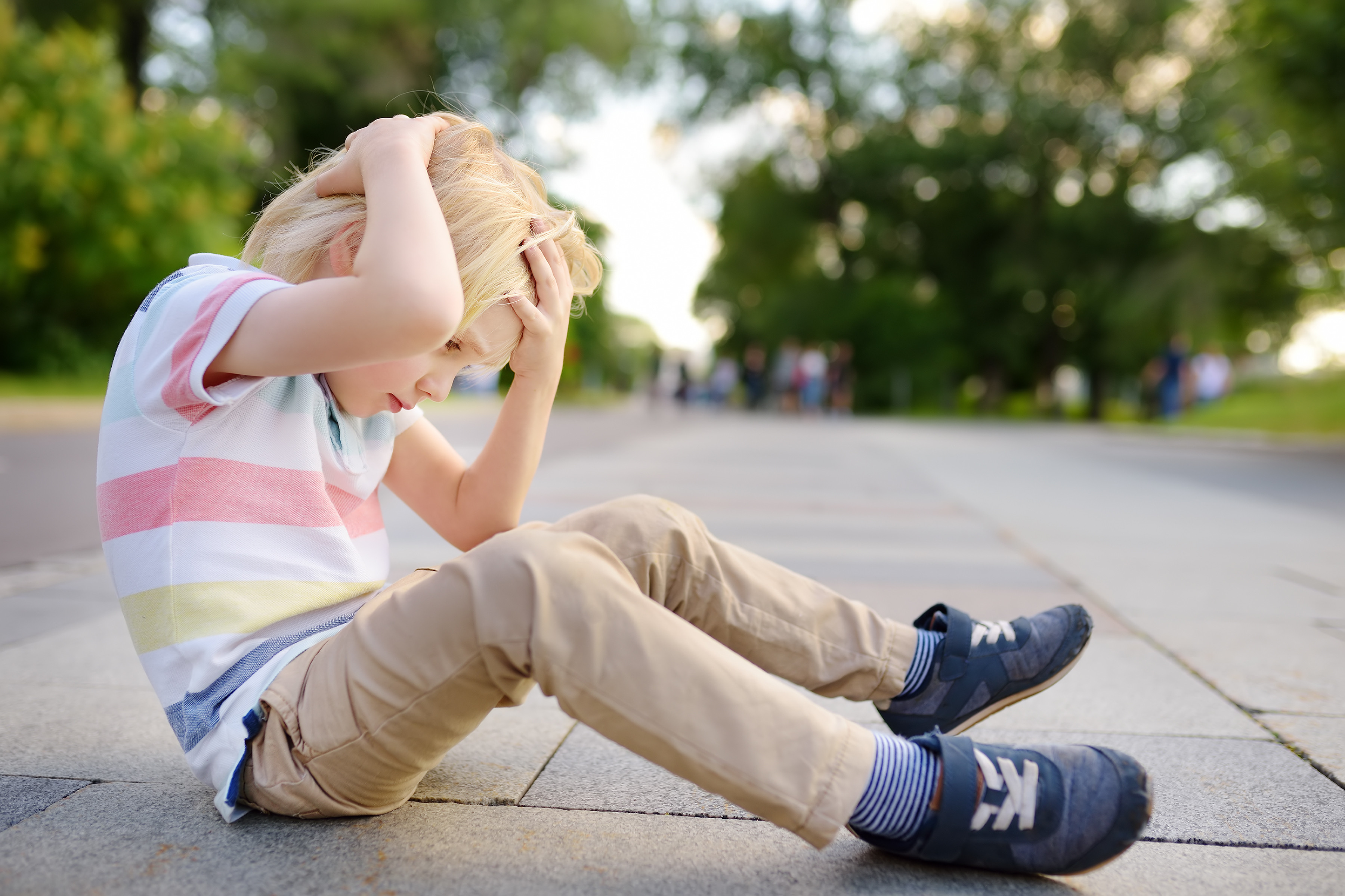
Epilepsy in Children: Causes, Treatment and What to Do When Your Child Has a Seizure
- If you believe a child is having a seizure, it is important to remain focused and calm. Create a safe space and then take a video of them using your phone if possible. You seek immediate medical attention for any seizure lasting longer than five minutes.
- Epilepsy in children is diagnosed when they suffer two seizures separated by 24 hours with no known cause or have one seizure combined with a high-risk factor. Should you believe your son or daughter to have suffered a seizure, seek medical advice. The sooner epilepsy is diagnosed, the sooner treatment can begin. It can be managed and even cured in some cases.
- Most children with epilepsy can live a normal life with the help of anti-seizure medication (ASM). Approximately 60-70 percent of children with epilepsy respond to the ASM prescribed.
Understanding epilepsy in children can provide parents with greater peace of mind should your son or daughter ever experience a seizure. While undoubtedly scary, the disease is also more prevalent than many people may realize.
Epilepsy is the most common neurological disorder in children. What’s more, roughly 50 million people suffer from the disease globally, according to the World Health Organization (WHO).
Parents, teachers and any individual who supervises children must know how to care for a child having a seizure as well as the different types of seizures that can occur in order to successful diagnose and treat epilepsy.
